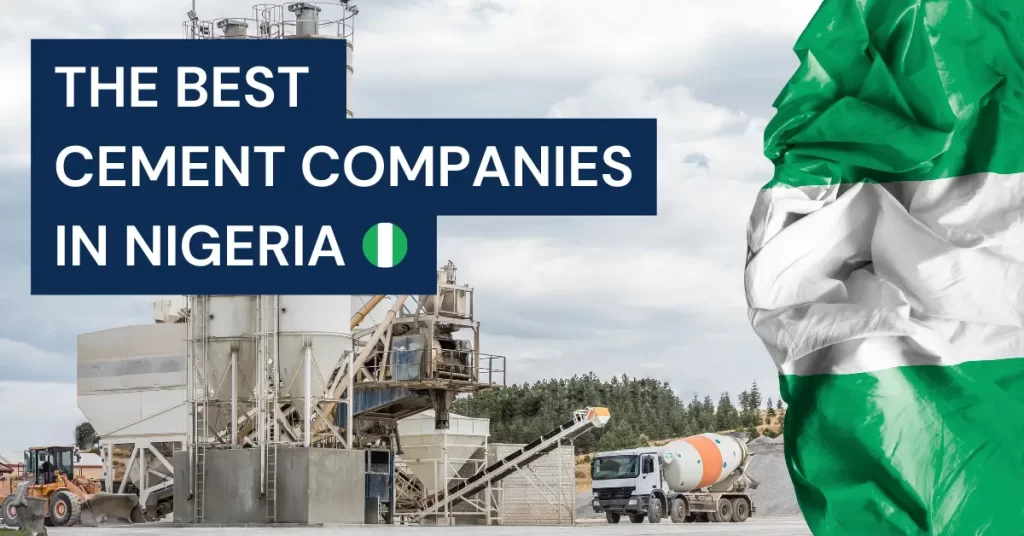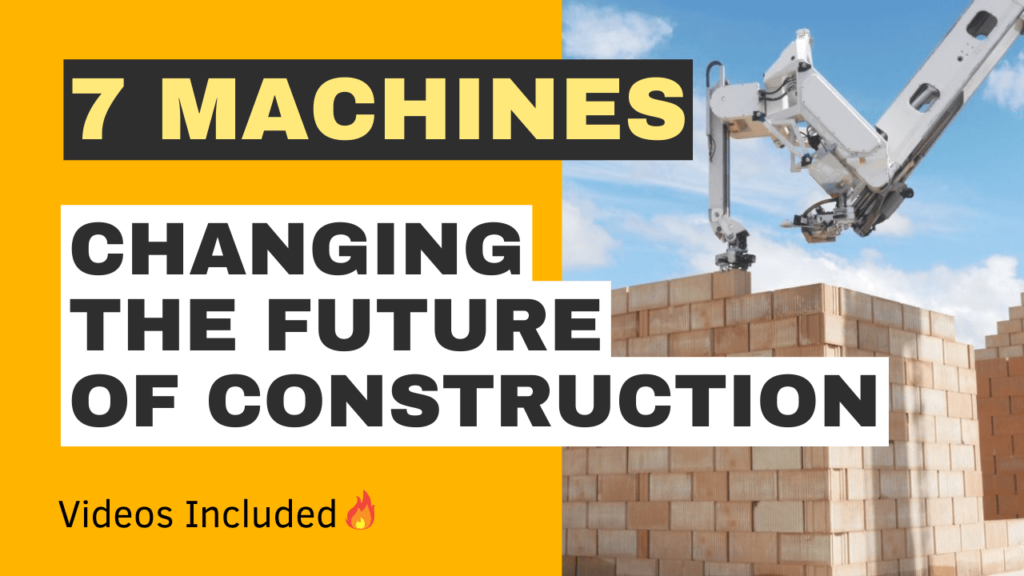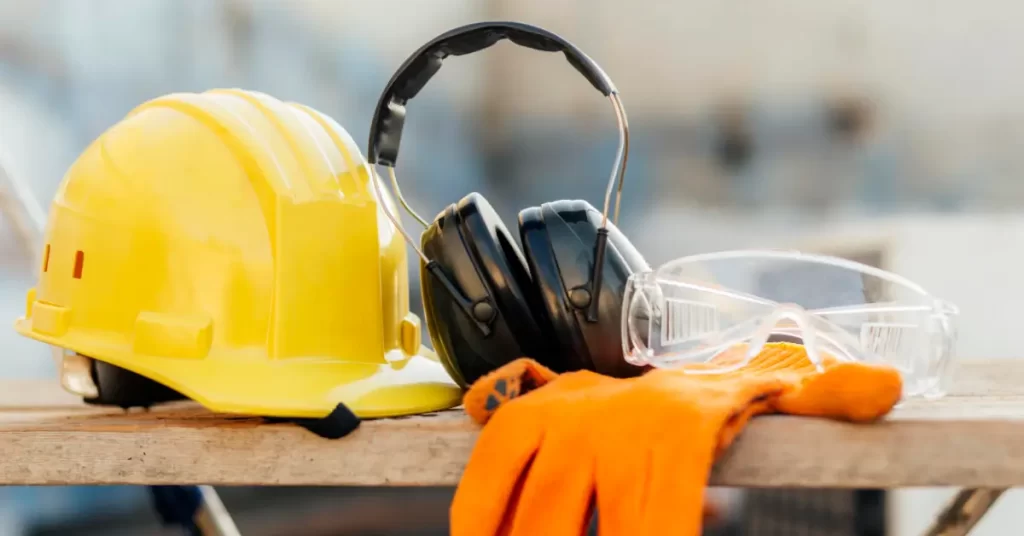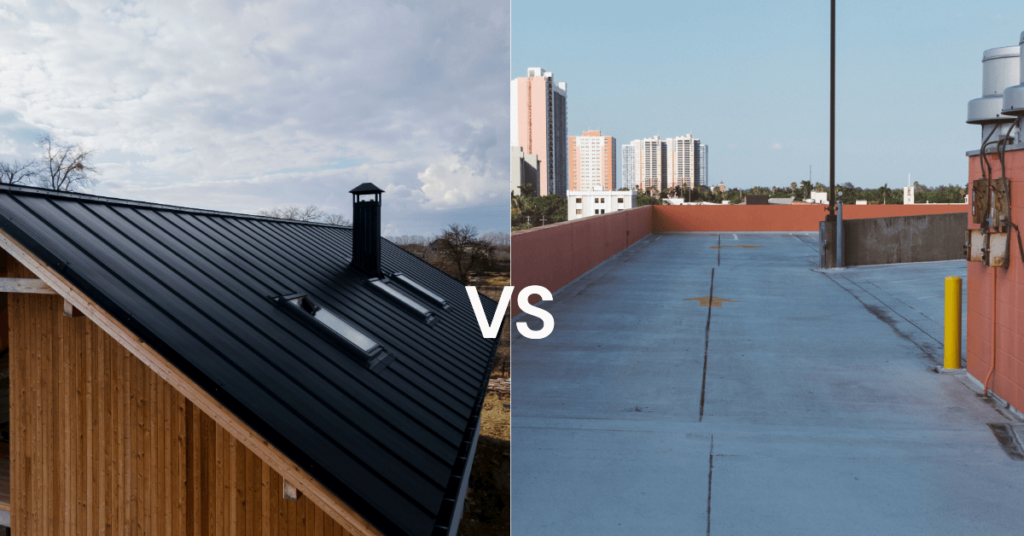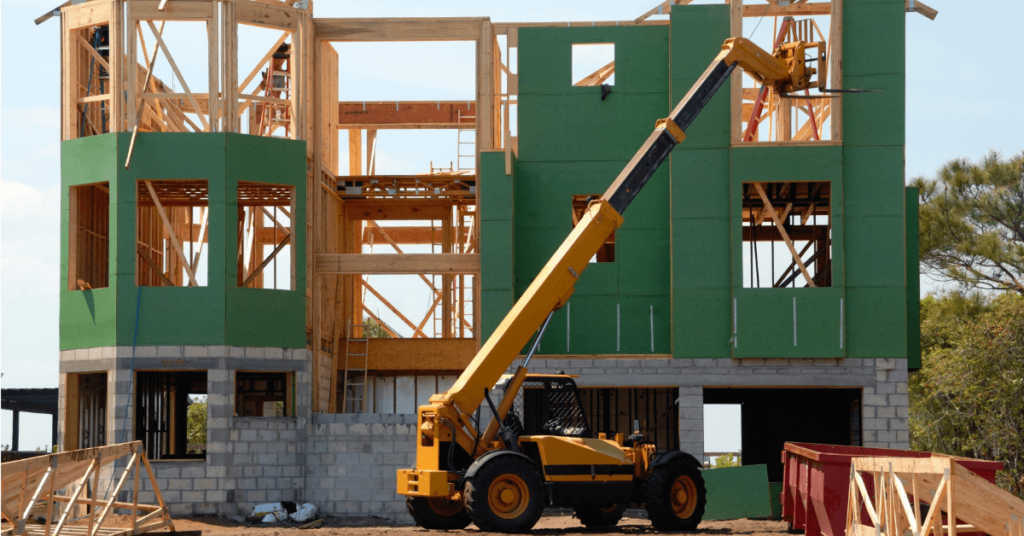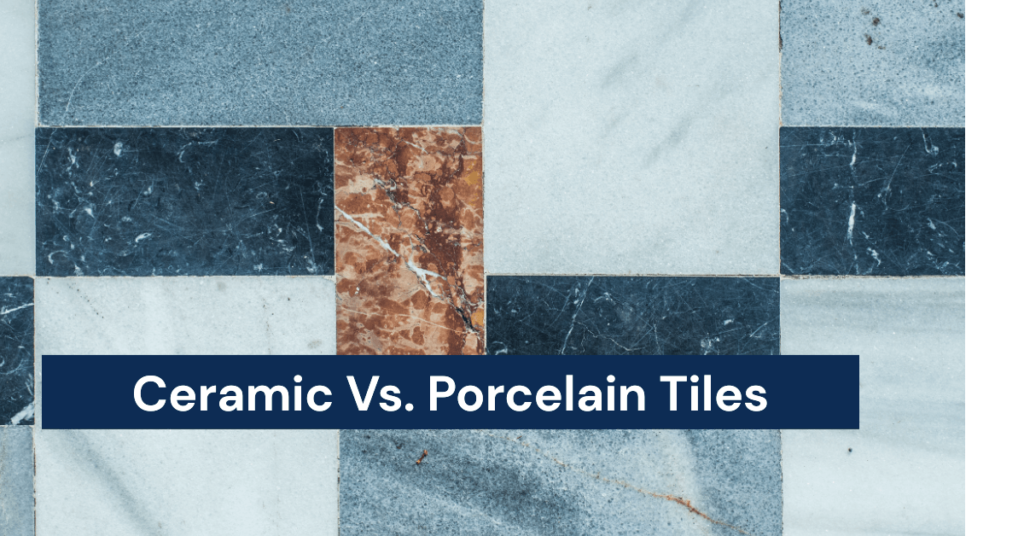Best Cement Companies in Nigeria and Their Brands (2025)
As Nigeria’s urban landscape continues to evolve, reaching ever higher into the azure skies, there’s an unsung hero beneath the gleaming facades and towering structures: cement. For over a decade and a half, I’ve watched this gray gold transform our nation, turning architectural dreams into concrete realities. Today, we’re diving into the heart of Nigeria’s construction industry to explore the titans that quite literally lay the foundation for our country’s progress. In this post, we’ll unveil the top three cement companies in Nigeria that have become household names across the country. These industry leaders have not only shaped our cityscapes but have also cemented their place in our national identity. From the bustling markets of Lagos to the sun-baked streets of Kano, their brands are synonymous with quality, reliability, and the promise of a stronger tomorrow. Join me as we mix and pour through the fascinating world of Nigerian cement, exploring the brands that build our homes, offices, and the very future of our nation. Whether you’re a seasoned contractor or a curious homeowner, this insider’s look at Nigeria’s cement industry promises to be as solid as the product itself. Let’s break ground on this compelling journey! Wait! do you know that selecting the right cement isn’t just about brand loyalty—it’s about understanding your specific needs and the properties that make a cement suitable for your project. Becuase of this, I want us to quickly take a look at key factors to consider when selecting the cement to use before we dive into the companies. Or you can jump directly to the cement companies list. Choosing the Right Cement: A Solid Decision With these 9 key factors, we lay the groundwork for making informed choices in your construction projects; Strength Grade: Cement comes in various strength grades, typically ranging from 32.5 to 52.5 MPa. Higher grades offer greater compressive strength, ideal for load-bearing structures or high-rise buildings. Setting Time: Different cements have varying setting times. Quick-setting cement is perfect for urgent repairs, while slower-setting options allow more time for placing and finishing in larger projects. Resistance to Environmental Factors: Consider your project’s exposure to elements like sulfates in soil or seawater. Some cements offer enhanced resistance to these potentially corrosive factors. Heat of Hydration: For mass concrete structures, low heat of hydration cement can prevent thermal cracking. Fineness: Finer cement particles generally lead to higher strength and faster setting, but may also increase shrinkage. Project Requirements: The type of construction—be it a residential building, bridge, or dam—will influence your cement choice. Local Climate: Temperature and humidity can affect cement performance, so choose a product suited to your region’s weather conditions. Availability and Cost: While quality should never be compromised, consider the cement’s availability in your area and how it fits your budget. Sustainability: Some cement products incorporate recycled materials or have lower carbon footprints, an increasingly important factor in modern construction. By keeping these factors in mind, you’ll be better equipped to choose the right cement for your project, ensuring durability, efficiency, and cost-effectiveness. Now, let’s explore the top three cement companies in Nigeria that offer products to meet these diverse needs. The 3 Best Cement Companies in Nigeria and Their Brands; 1. DANGOTE CEMENT PLC 💎 Dangote Cement Plc is a subsidiary of Dangote Industries, which was founded by Aliko Dangote in 1981 as a trading business with an initial focus on importation of bagged cement and other commodities such as rice, sugar, flour and salt. Over time, the Group began to import bulk cement into the Apapa and Port Harcourt terminals, which it then bagged for distribution. Through the 1990s, the Group made a strategic decision to transition from a trading based business into a fully-fledged integrated manufacturing operation. This is where our ambitious plan to become Africa’s leading cement producer began. Dangote Cement Plc is Sub-Saharan Africa’s leading cement company, with a production capacity of 52.0 million tonnes per year across ten countries. Their four main values are; Customer Service, Entrepreneurship, Excellence and Leadership. Cement Brands Dangote 3X 42.5R Dangote BlocMaster Dangote 3X 42.5N Dangote Falcon Dangote 3X, cement type CEMII 42.5R (A-L) – is a general-purpose cement that is used to produce all kinds of products including C8/10-C35/45 class of concrete. Dangote BlocMaster, Cement type CEM II 42.5R (A-L) can be used for the production of all kinds of concrete according to DIN EN 206-1/DIN 1045-1. When you need concrete of higher strength classes, BlocMaster is ideal and appropriate. Dangote 3X, cement type CEMII 42.5N (A-L) is a general-purpose cement that is used to produce all kinds of products including C8/10-C35/45 class of concrete. Cement type CEM II 32.5R (B-L) is used for manufacturing C8/10-C25/30 class concretes (forms dense and less porous concrete structure resulting in concrete durability), ferroconcrete, their composite and monolithic constructions such as: – Building mortars for plastering, and floor screeding (it doesn’t tend to separate water). – Road-building constructions, especially as soil stabilisers. – Average height buildings. – Waste depots. – For ready-mix concrete industry, concrete fabricated with Falcon remains for relatively long period (good workability) before pouring. – Mortars for filling the joints in between 2. BUA CEMENT PLC BUA Cement was incorporated in 2008 and commenced operations in the same year through its floating cement terminals, ‘BUA Cement 1’, designed specifically for bulk and bag cement unloading. In 2009 BUA Group acquired the Cement Company of Northern Nigeria, CCNN (Sokoto Cement) and the Edo Cement Company to boost and increase the metric tonnes of annual cement production in the country On the 9th of January 2020, BUA Cement was listed at a market cap of 1.2trillion Naira (USD3.3billiion) on the Nigerian Stock Exchange after a merger of BUA Group’s two Cement subsidiaries – CCNN and Obu Cement. Their four core values are; Respect, Innovation, Commitment and Excellence. Cement Brands BUA Cement BUA Cement is ideal for all construction purposes in Nigeria. Its unique quality makes it the cement of choice for block-making, plastering and concrete works. Its high yield,
Best Cement Companies in Nigeria and Their Brands (2025) Read More »

